There is perhaps no better way of capturing the beauty and power of a motorcycle than by photographing them in action. Whether it’s MotoGP, Superbikes or Speedway, motorcycle racing can provide great opportunities for truly fantastic pictures, but capturing bikes when they are travelling close to 200mph is no easy task and it requires skill, patience and some decent equipment.
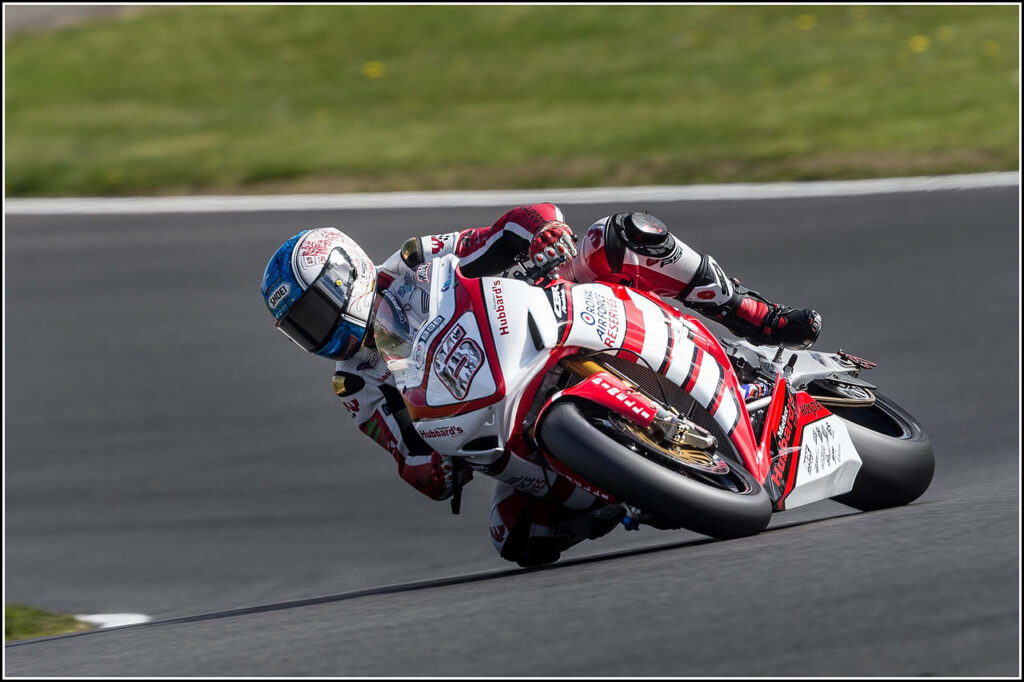
For a photographer, motorcycle racing provides a fantastic challenge and is one of the most exhilarating forms of photography. It’s also a daunting and challenging discipline to get to grips with, but the following top tips on how to do motorcycle photography will have you shooting great race pictures in no time.
Motorcycle Racing Photography: A How To Guide
Equipment
When it comes to photographing bikes at high speed on a racetrack, there are two essentials: a fast shutter speed and a decent zoom.
It isn’t really possible to get good results with your average point and shoot digital camera, as most have such a delay from when you press the shoot button to when they actually take the shot that you’d have missed all the action. While a few budget models do permit fast action shooting and have some modicum of optical zoom, a decent SLR (single-lens reflex) is pretty much a prerequisite for capturing on track action.
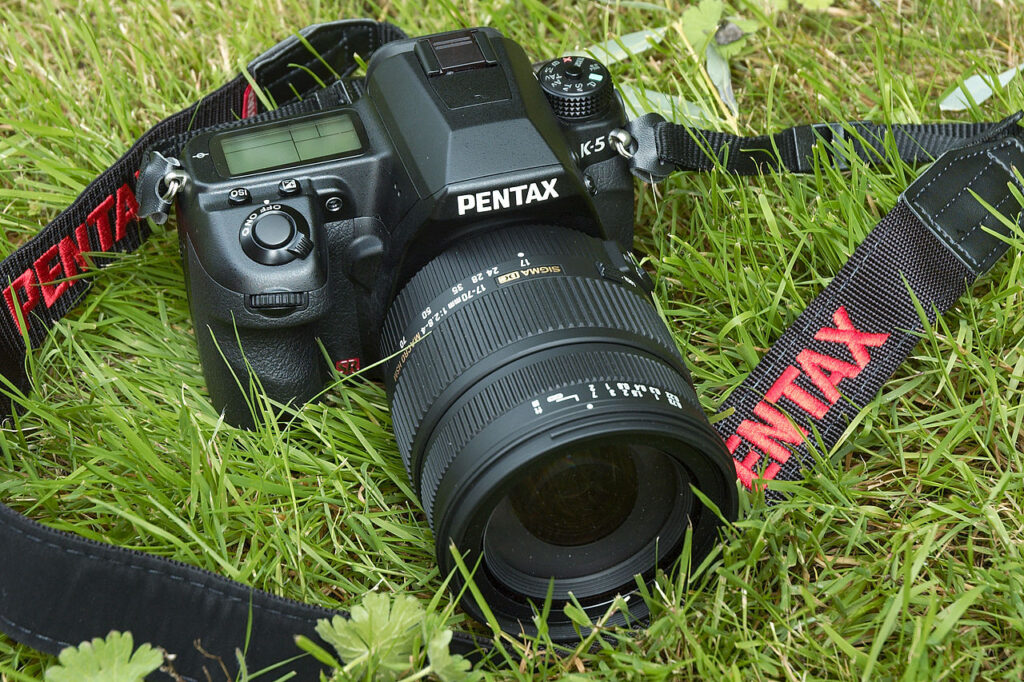
To boost your chances of getting a sharp image it is preferable to use an SLR with a fast drive mode, but you can get good results without, and as will be explained, not all images need to be in focus.
Ideally, a lens with some form of image stability (IS) will make things easier, but you can make do without one. When choosing a zoom, the bigger the better, especially as these days spectators tend to be a good distance from the track.
If you see professional photographers at motorcycle racing events, you’ll see some really huge zoom lenses enabling them to get right into the action. If you’re just starting out at photography school you’ll probably be restrained by your budget, but it’ll pay dividends to get the largest zoom you can afford.
You need also to ensure you have plenty of storage and a memory card that can keep up with the fast shutter speeds you’ll be using. A decent 400x card with 16GB-32GB of space should do it.
The Best Place for the Shot
Before you take any shots, you need to get a feel for how the bikes move around the track. Obviously, it is going to be a lot easier to capture bikes going round a hairpin at 50mph than traveling on a high-speed straight at 180mph.
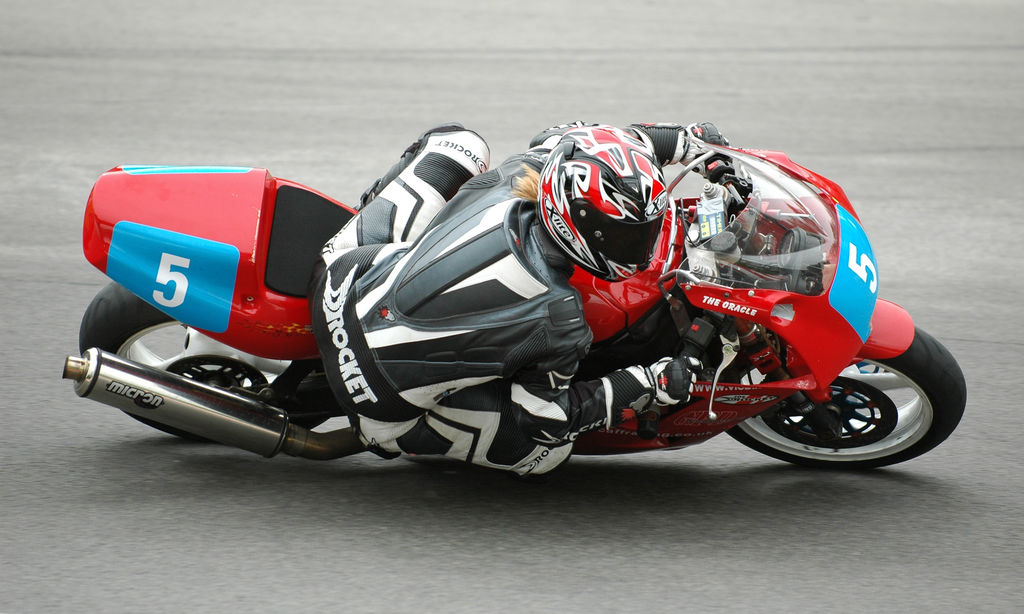
Furthermore, knowing where the best action is going to take place will help you get better shots. Overtakes tend to happen at the end of long straights, while standing near a chicane or S bend will often give great results when the bikes are bunched up close, as it will enable you to show them in different lean angles.
The Art of Panning
Because the bikes are moving, you are going to need to get a handle on panning. Panning is simply following the bikes and taking shots whilst the camera is moving; This can be quite difficult to get the hang of, especially with a large zoom lens, and there really isn’t a magic bullet solution except to practice as much as possible and as often as you’re able.
You can, of course, use a tripod, but this will be pretty cumbersome to carry around on race day.
The Sniper Shot
One technique the professionals use is the “sniper shot.”
This entails breathing out steadily as you pan and shoot. By letting out a continuous exhale, your hands will be at your stillest when you pan, preventing any wobble. Give it a try next time you have to capture any kind of high-speed photography or a handheld shot that requires precision, and you’ll be surprised at the difference it can make.
Motion and Camera Settings
When it comes to camera settings, even subtle changes can give vastly different results.
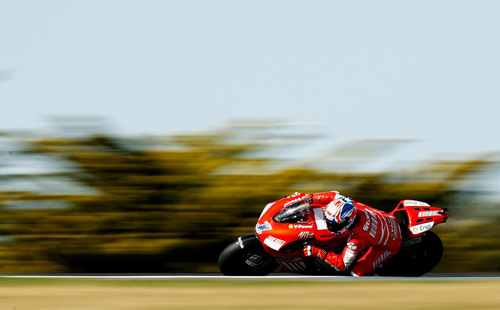
For the beginner, a good wide aperture with a 1/1000 second shutter speed will get fairly sharp pictures and enable you to let off a volley of shots on each pan. However, using this stop motion technique will not present much of an effect of speed.
To achieve a good sense of motion, you need to try playing with motion blur. Blur can create a really good sense of speed in a picture, but you don’t want to overdo it, otherwise it will be difficult to make out what exactly it is you’ve photographed.
We’ve covered the best practices of this technique in a previous post, but in a nutshell, the key to getting blur is to slow the shutter speed down. A setting of 1/250 second should give just enough blur to a shot without obscuring the whole image.
The Golden Rule: Experiment!
Playing with different angles, settings and positioning yourself at different corners can create unlimited possibilities for great motorcycle racing photographs. Try using motion blur on a slow corner when the bikes are bunched up, and you’ll get the lead bikes in sharp focus and the tail-enders in motion blur. Alternatively, use the stop motion technique and full zoom on the end of a straight and you’ll be amazed at the amount of detail you’ll be able to capture, from tire smoke, to even the decal stickers on the rider’s helmet.
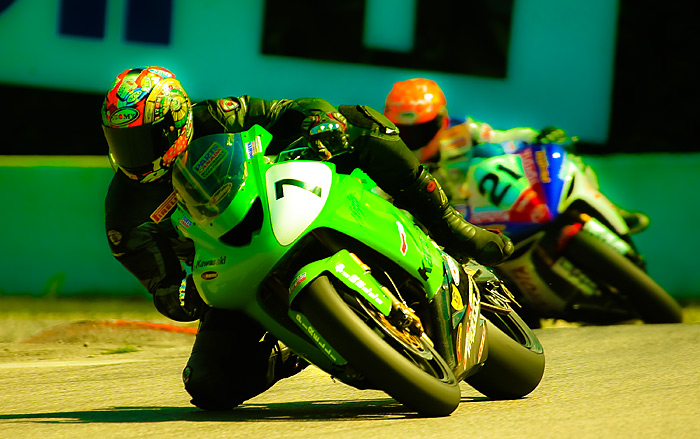
In short: play around, have fun experimenting, and enjoy the race!

